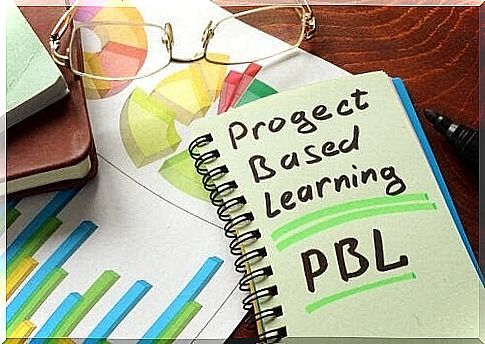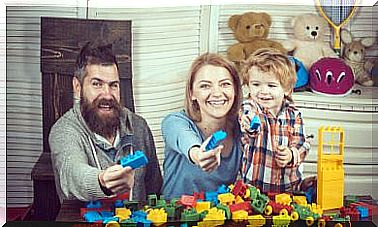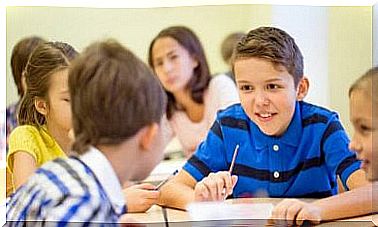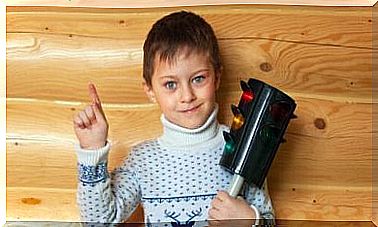Problem-based Learning: Students As Main Characters In Their Own Learning

The more traditional dynamics of a teacher-led classroom that passively feeds students with information has no place in the philosophy of problem-based, or project-based, learning (PBL). The core of PBL pedagogy is to ensure that the student is the main actor in their own learning.
With a PBL focus, all members of the education team are there to help students acquire the skills and independence they need to complete projects so they can learn to solve problems on their own.
What does problem-based learning mean?
Problem-based learning is one of the pedagogues used in active methods of learning. Unlike the traditional methods of direct learning, PB focuses on the knowledge that the students develop themselves and this makes it easier to motivate them. The student’s learning is deeper and more rewarding as a result.
Another aspect that distinguishes PBL from the rest of the methodologies is how the roles of teacher and student are very different. The teacher is a facilitator in an active learning scenario and the student takes a more active role in their own education.

Another key function of PBL is how the training method resembles an ecosystem. This means that it is necessary for everyone in the system to actively implement the pedagogical strategy.
In the same way, the teacher must analyze all the factors that can affect students’ development because these are interrelated. The role of the teacher is to be a facilitator or a guide who orients the students when they embark on different projects.
How do I develop a PBL project?
The development of a PBL project consists of three phases:
- The first phase. The student determines the parameters to start the project, including the goals, content, and tasks he or she will need to complete it. The subject of the project should reflect the interests of the student. Therefore, the teacher must take this into account when he or she helps the student to choose a subject.
- Second phase. The student begins to complete the project and defines the final product. It can be, for example, a brochure or a scientific project. Through teamwork, students conduct research and reflect on their results.
- Third and final phase. Students evaluate their performance and value the learning process almost as much as the end product. They develop the project step by step and evaluate where they are in the learning process before producing the final product. In this way, the students assimilate what they have learned more deeply.
What are the benefits of using this pedagogy?
Students look for information and produce their own content in PBL. They also learn to discuss issues and reflect on the quality of the information they collect. This focus – which is about more than just the final product – improves students’ motivation to learn.
Willard and Dufferin, researchers at the University of Ohio, note that problem-based learning improves satisfaction and better prepares students to face real-life situations.

Eduardo Rodriguez Sandoval, a professor at the National University of Colombia, claims that students who participate in problem-based learning learn much more and develop better skills.
They improve their ability to work as a team and they show greater effort and interest. They learn to give presentations and have a deeper understanding of academic and everyday concepts.
Finally, problem-based learning involves a reconceptualization of teaching and the learning process. It is a pedagogy that is better adapted to the innovative demands of today’s society. It will help prepare a new generation of creative and future-oriented students.









